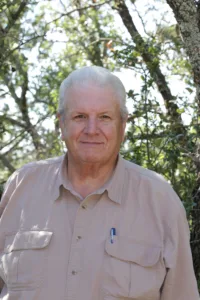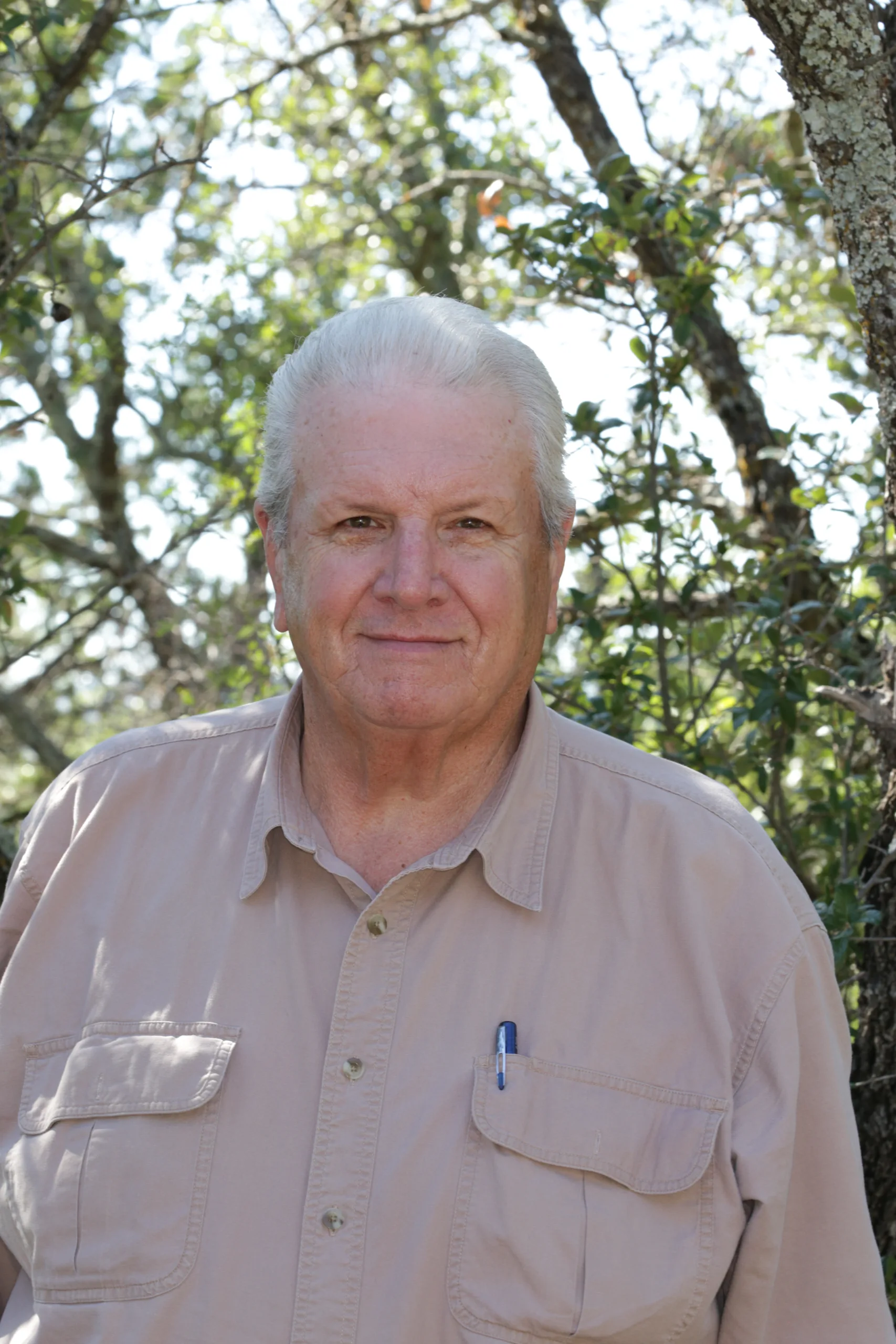While the title may show some tongue in cheek humor, this presentation shows the history of the movement of white-tailed deer into the Blackland Prairies over the past 100 years and how their presence is impacted by land management decisions in this agriculturally diverse region. Will show how Aldo Leopold’s basic tools of habitat management apply to managing white-tailed deer in this region.



